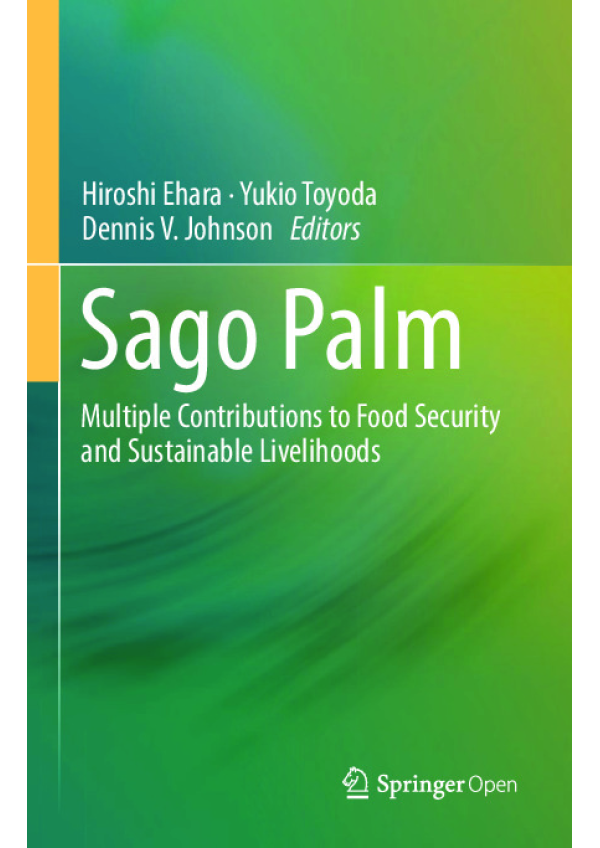Sago Palm: Multiple Contributions to Food Security and Sustainable Livelihoods
In 2015, the 12th International Sago Symposium (SAGO 2015) entitled Sago Supports Human and Planet Welfare was held in Rikkyo University, Ikebukuro, Tokyo. It was the third international symposium on sago to have been held in Japan, supported by the Japanese Society for Tropical Agriculture (JSTA); the Japanese Society of Applied Glycoscience (JSAG); United Nations of Food and Agriculture (FAO) Regional Office for Asia and the Pacific; the Ministry of Agriculture, Forestry and Fisheries of the Government of Japan (MAFF); Japan International Cooperation Agency (JICA), the Japan International Research Center for Agricultural Studies (JIRCAS), and Rikkyo University. About 120 participants including 78 sago specialists from many countries in the world came to Ikebukuro to participate in the symposium. Through the discussion during the symposium, it was concluded by the organizing committee of SAGO 2015 that a book on sago should be published by the Society of Sago Palm Studies from the viewpoint of new aspects. The society contacted Springer Publishing Company to publish a book on sago. Much of the contribution for this book was financially supported by the late Isao Nagato and Rikkyo University, which accepted the financial proposal from the society.
Sago palm (Metroxylon sagu Rottb.) can be grown in wetland swamps of Southeast Asia and the Pacific islands where other food crops cannot grow economically and produce high yield of starch. It is one of the typical indigenous food crops with very little attention and research. Since other food crops cannot be grown, sago palm has a high potential to contribute to food security and improvement of health and human welfare as an additional source of staple food without competition for the use of arable lands.
Belum ada ulasan untuk buku ini.


